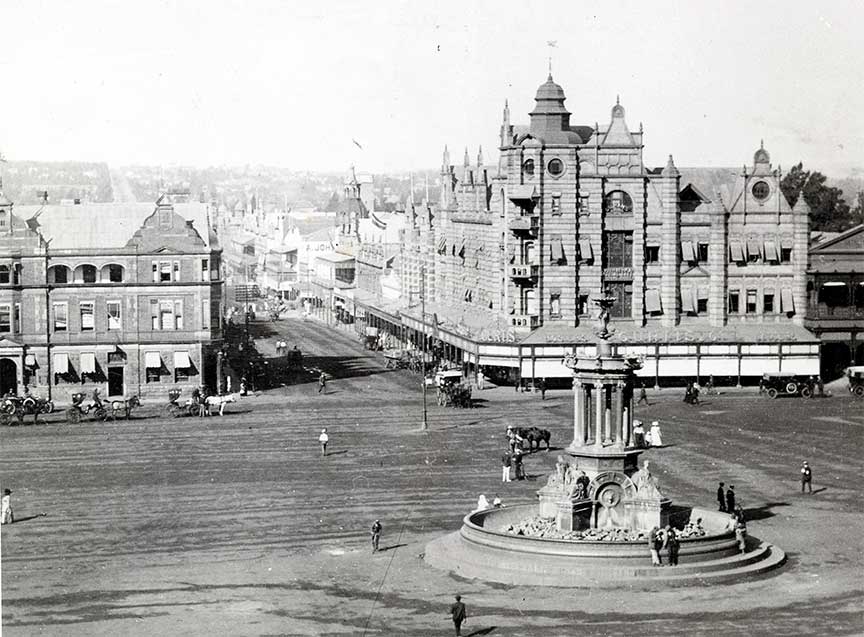1948 South Africa Embraces Apartheid

Pretoria
In a general election, the coalition of United and Labor Parties under Prime Minister Smuts was defeated by a Nationalist Afrikaaner bloc led by Daniel Malan. Malan's new government had been elected on a platform of racial segregation (apartheid) and soon this policy was implemented. The government outlawed marriages between whites and non-whites. It also passed the Group Areas Bill that divided the country into zones for separate ethnic groups..
The general election that led to the transformative shift in South Africa's political landscape was held in 1948. Prior to this event, the coalition of United and Labor Parties under Prime Minister Jan Christiaan Smuts was at the helm. This coalition was seen as more moderate compared to the Nationalist Afrikaaner bloc. However, during the 1948 election, Smuts' coalition was unexpectedly defeated by the Nationalist Party led by Daniel François Malan, often simply referred to as D.F. Malan.
D.F. Malan, a theologian turned politician, was a key figure in the Afrikaner nationalist movement. Under his leadership, the Nationalist Party campaigned primarily on the platform of racial segregation or 'apartheid', which translates from Afrikaans as 'apartness' or 'separateness'. This wasn’t just an idea but a structured policy proposal that they believed would ensure the survival and dominance of the white Afrikaner population in South Africa.
Once in power, Malan's government quickly began implementing the apartheid policies they had promised during their election campaign. One of their first steps was to establish the Prohibition of Mixed Marriages Act in 1949. This legislation made it illegal for white South Africans to marry people of other races. This was quickly followed by the Immorality Amendment Act of 1950, which outlawed sexual relationships between white people and people of other races. The objective was clear: to maintain racial purity and prevent what was described as 'race mixing'.
However, the government did not stop there. They sought not only to segregate South Africans in personal and intimate spheres but also in broader socio-economic ones. This intent was manifest in the 1950 Group Areas Act. The Act was a piece of comprehensive legislation that physically separated South Africans by race. This was achieved by dividing the country into different areas or zones in which specific racial groups could live and work. The law effectively meant that racial groups were assigned to different residential and business sections in urban areas. For example, the inner cities were typically reserved for whites, pushing other racial groups into the peripheries or entirely new townships. Over time, this resulted in forced removals, as many non-white South Africans were relocated against their will to areas set aside for their racial group.
The consequences of the Group Areas Act were vast and long-lasting. Vibrant communities were torn apart as families were forced out of their homes and into unfamiliar territories. District Six in Cape Town is one of the most infamous examples of this policy in action. A lively multicultural area, it was declared a 'white-only' zone, leading to the eviction of over 60,000 residents and the eventual bulldozing of their homes.
The ideological foundation of the apartheid regime under Malan was deeply rooted in the belief in white, particularly Afrikaner, supremacy. Many of the policies they initiated were framed with the objective of safeguarding the Afrikaner culture, language, and dominance in South African society. The apartheid laws and policies not only divided the country geographically but also deepened the racial divisions, sowing the seeds of animosity and distrust.
The 1948 election and the subsequent implementation of apartheid by Malan's government drastically changed the trajectory of South Africa. The policies institutionalized racial discrimination and formed the foundation for decades of racial tension, resistance, and international condemnation. The struggle against apartheid became a central theme in South Africa's history, drawing the attention and solidarity of the global community and leading to significant socio-political movements and changes within the country in the decades that followed.
 >
>